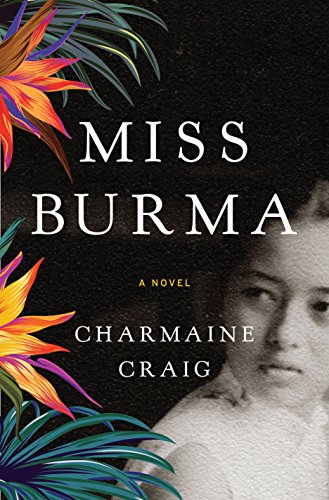Miss Burma
Miss Burma opens with an attention-grabbing prologue that sees fifteen-year-old Louisa, a young woman of mixed racial heritage, crowned in her country’s first national beauty pageant in 1956. This short scene raises many impossible-to-ignore questions. Why is her father under house arrest? Why do soldiers with rifles stand in the audience? Moreover, how does Louisa feel about representing Burma like this, at this time, and what are the consequences?
These issues, and many more, are addressed with striking perceptiveness and poignancy in Craig’s second novel, which is based on the courageous lives of her mother and grandparents. The storyline spans four decades in Burma, the ‘20s through the ‘60s, years which saw considerable political unrest and violence during the Japanese invasion in WWII and subsequent civil war—a lengthy conflict that remains largely hidden to the Western world. The author evokes the protagonists’ innermost selves with uncommon candor and provides a sense of realism so vivid that it feels like readers are living through the events themselves.
Louisa’s parents are an unlikely couple. Benny comes from a Portuguese Jewish family; Khin belongs to an ethnic group, the Karen (pronounced Kar-EN), who have long been oppressed by her country’s Burman majority but are favored by the British during their colonial rule. In their impulsive marriage’s early years, Benny and Khin need an interpreter to communicate. As Burman nationalism overtakes the country, their relationship and family life—which include relocations through beautiful but harsh terrain, concealments, and forced separations—are tied to Burma’s internal battles. The complicated history is coherently explained, and the novel offers powerful commentary on the Karens and their situation: pawns in the games of global power politics, yet with a determined “mandate to survive.”
This epic yet deeply personal novel about war, love, loyalty, and heroism deserves to be widely read, especially by anyone unfamiliar with this history.










